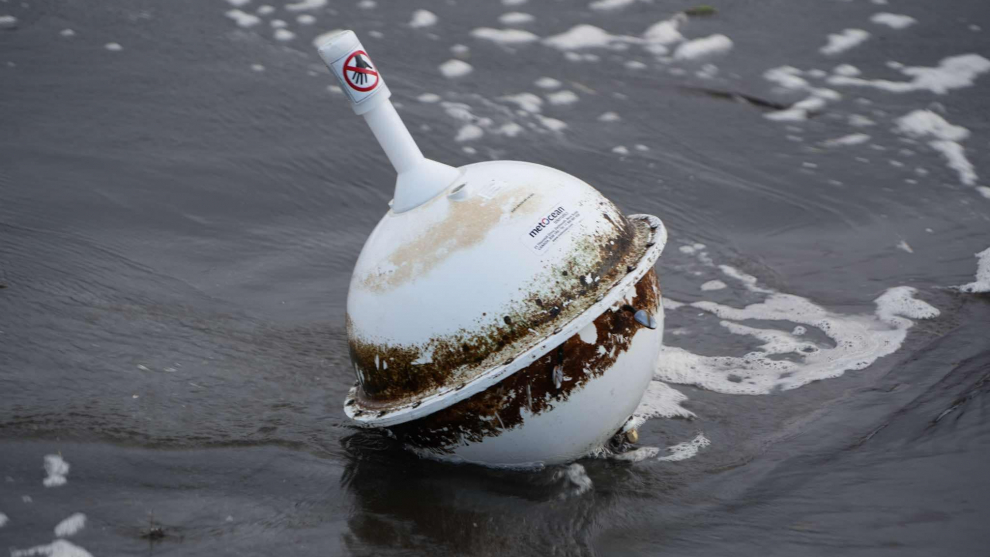- Tíðindi, mentan og ítróttur
CO2 emissions continue to rise

Faroese CO2 emissions have risen about 7-8 percent per year since 2016.
Last year, the emissions rose by 6.2 percent, which about half the year-on-year increase of 2018.
In 2017, Faroese carbon emissions saw a big increase and reached 1 million tons of CO2 for the first time, including bunkering for foreign fishing ships.
In 2019, more than 1.2 million tons of CO2 were emitted, with some 88 percent of the emissions coming from fossil fuels.
>> SEE ALSO Faroes are not a climate friendly nation
Ten percent of the 2019 emissions came from so-called fluorinated gases, or F-gases, which are predominantly used in industrial production. Most of the emissions came from HFC refrigerant gases used on ships.
Agriculture represented 2 percent of last year's total, coming mostly from cattle and sheep.
The main cause of last year’s increase was electricity production, as national energy supplier SEV produced 10 percent more electricity in 2019 compared to the previous year. This electricity mainly came from oil, rather than from sustainable energy sources such as wind and water.
Another factor in the increased figure is that garbage incineration increased by almost half from 2018 to 2019.
Translated by prosa.fo


























